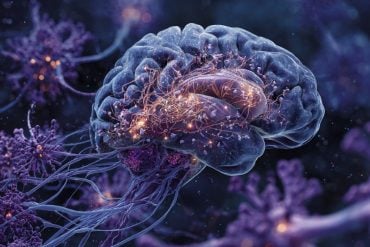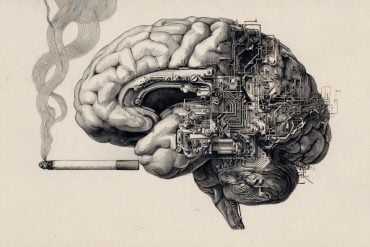Summary: New research shows that people’s sensitivity to their internal bodily signals influences how closely they align with group moral preferences in dilemmas. Participants who were more aware of their heartbeat and internal states tended to make ethical choices that matched the group consensus.
Brain imaging revealed that this effect is linked to resting brain activity in areas tied to self-referential thinking and internal attention. The findings suggest bodily awareness may shape how we develop moral intuitions and adapt to the ethical norms of others.
Key Facts:
- Internal Awareness Drives Alignment: Greater bodily awareness predicted decisions in line with group moral preferences.
- Brain Connectivity Matters: Resting brain activity in self-referential regions was linked to this alignment.
- Shaping Moral Intuition: Bodily sensitivity may help individuals learn and adopt group moral norms.
Source: SfN
People typically evaluate the preferences of both themselves and others before making decisions in moral dilemmas.
Researchers have theorized how people face moral dilemmas, but experimental data is lacking.

In a new Journal of Neuroscience paper, JuYoung Kim and Hackjin Kim at Korea University provide what they claim is the first experimental data to address the question of how people face moral dilemmas.
The researchers assessed study participants’ awareness of their own bodily signals and how closely they aligned with unknown group moral preferences in different scenarios.
Awareness of internal states was measured using self-reports and self-evaluations of heartbeats. Group consensus was measured by the number of participants selecting the same ethical option across various scenarios.
The researchers found a link between internal bodily awareness and making decisions that aligned with the group consensus.
This link was mediated by brain activity states during rest that featured activity in brain regions associated with self-referential processing and internal attention.
Thus, according to the authors, this newfound link between internal state sensitivity and moral alignment may influence the moral intuitions a person develops as they learn the moral expectations of others.
About this morality and bodily awareness research news
Author: SfN Media
Source: SfN
Contact: SfN Media – SfN
Image: The image is credited to Neuroscience News
Original Research: Closed access.
“Neural Processes Linking Interoception to Moral Preferences Aligned with Group Consensus” by JuYoung Kim et al. Journal of Neuroscience
Abstract
Neural Processes Linking Interoception to Moral Preferences Aligned with Group Consensus
Aligning one’s decisions with the prevailing norms and expectations of those around us constitutes a fundamental facet of moral decision-making. When faced with conflicting moral values, one adaptive approach is to rely on intuitive moral preference.
While there has been theoretical speculation about the connection between moral preference and an individual’s awareness of introspective interoceptive signals, it has not been empirically examined.
This study examines the relationships between individuals’ preferences in moral dilemmas and interoception, measured with self-report, heartbeat detection task, and resting-state fMRI.
Two independent experiments demonstrate that both male and female participants’ interoceptive awareness and accuracy are associated with their moral preferences aligned with group consensus.
In addition, the fractional occupancies of the brain states involving the ventromedial prefrontal cortex and the precuneus during rest mediate the link between interoceptive awareness and the degree of moral preferences aligned to group consensus.
These findings provide empirical evidence of the neural mechanism underlying the link between interoception and moral preferences aligned with group consensus.






